College cruiser: How the 2025 Hyundai Elantra makes a great first car
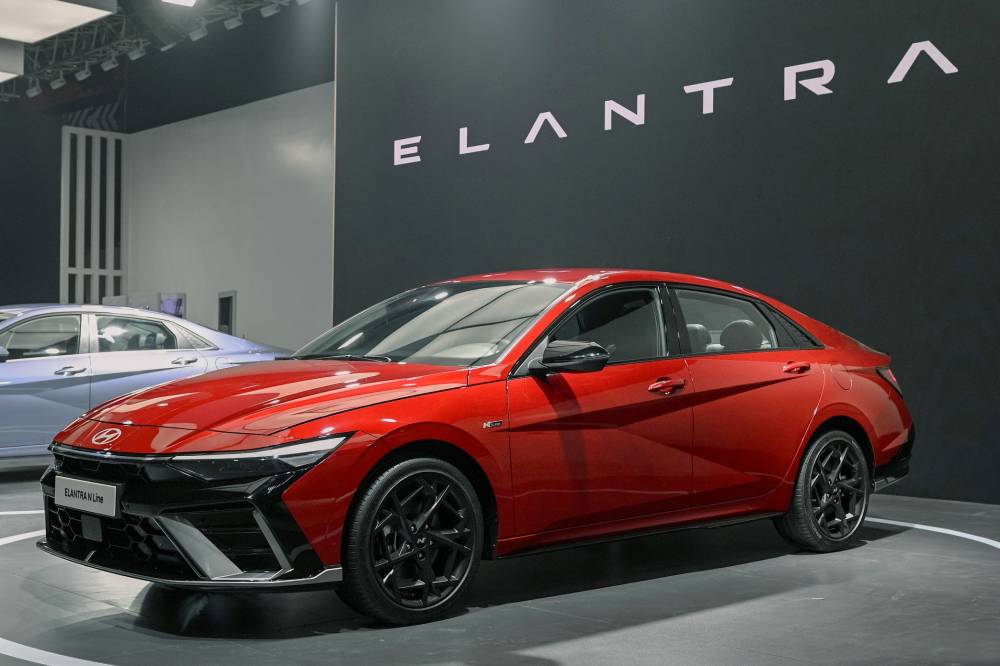
This weekend, volleyball fans across the land will witness an epic showdown among the University Athletic Association of the Philippines (UAAP) Season 87 Final Four.
For the ladies, these include the National University Lady Bulldogs, Far Eastern University Lady Tamaraws, University of Santo Tomas Golden Spikers and De La Salle University Green Spikers. Unsurprisingly, the same four universities are in contention for the men’s category.
One company that has long maintained a significant presence in the UAAP is Hyundai – the South Korean carmaker understands very well how tough the competition can get, having faced off with well-established Japanese names over the last three decades to become a champion brand in its own right.
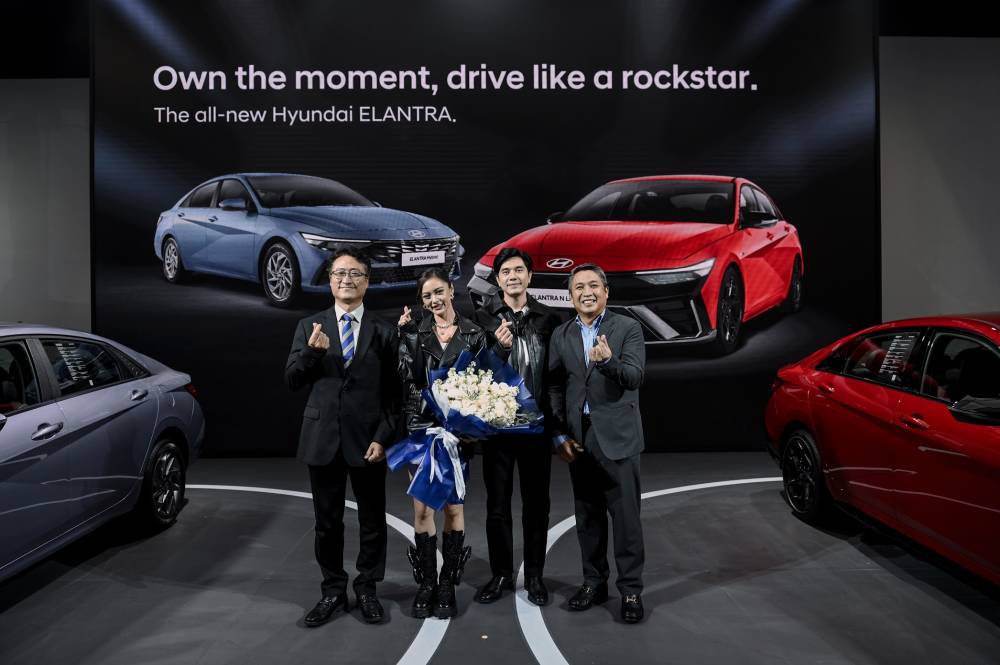
This is especially true in the local sedan market, which is where everybody from young families to Transportation Network Vehicle Services pick their rides. Four-doors are also the choice campus shuttles of many incoming and current college students from families with deep-enough pockets.
Happily, Season 87 is also when Hyundai Motor Philippines launched the full range of its latest Elantra at the 2025 Manila International Auto Show. Here are some reasons why this South Korean sedan should make it to your list of final four prospects.
What a looker
Quite a few offerings from the Land of the Rising Run have been around much longer than you think.
The latest Toyota Vios, for instance, is a substantial facelift of the model launched in 2013 (when I was in third-year college). Meanwhile, the current Honda City and Nissan Almera debuted in 2020 and 2021, respectively.
The Elantra is unquestionably the most contemporary-looking four-door, as of press time – things like the eye-catching daytime running lights go deep into the fenders, while the LED headlights flank a slim front grill. Gasoline and hybrid-electric vehicle (HEV) variants sport a conventional lower bumper, with the N Line getting a racier black-and-silver one.
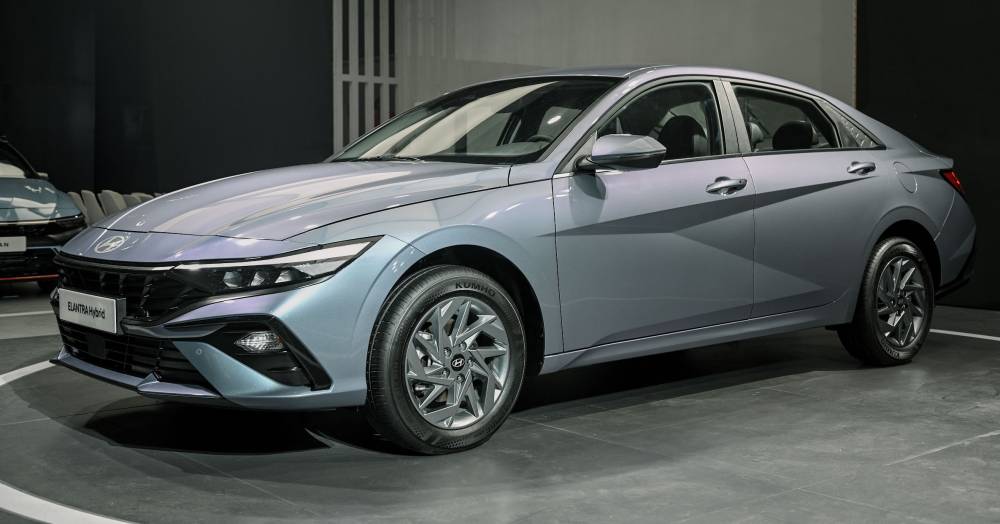
Hyundai’s latest sedan is sure to draw looks around campus with its high beltline and fastback-like roof, while the wraparound LED taillights compliment the integrated decklid spoiler. The GL STD model gets 15-inch alloy wheels, while the GL and HEV variants sport 16-inch alloy wheels and the N Line has blacked-out 18-inch alloy wheels with 235/40-series tires.
Inside, all models are equipped with an 8-inch touchscreen infotainment system with Apple CarPlay and Android Auto, as well as a rear parking camera so that you don’t bang into light posts like I did when I was a college freshman.
The GL STD, GL and HEV GLS models also come standard with a 4.2-inch LCD gauge cluster, fabric upholstery and cruise control. Higher Elantra variants have a 10.25-inch digital gauge cluster, leather upholstery, dual-zone climate control, electrically adjustable front seats and 60:40 split-folding rear seats.
Lean, green or mean
Even if you can afford a car in college, you must make sure that fuel and maintenance are not too costly or else your allowance is screwed.
The latest Elantra has three power options, starting with a 1.6-liter, twin-cam, 16-valve inline-4 gasoline engine pumping out 126 horsepower and 155 Newton-meters of torque, mated to a 6-speed automatic transmission. This is used in the GL STD and GL variants, which go up against higher-end models of the smaller Honda City and Toyota Vios.
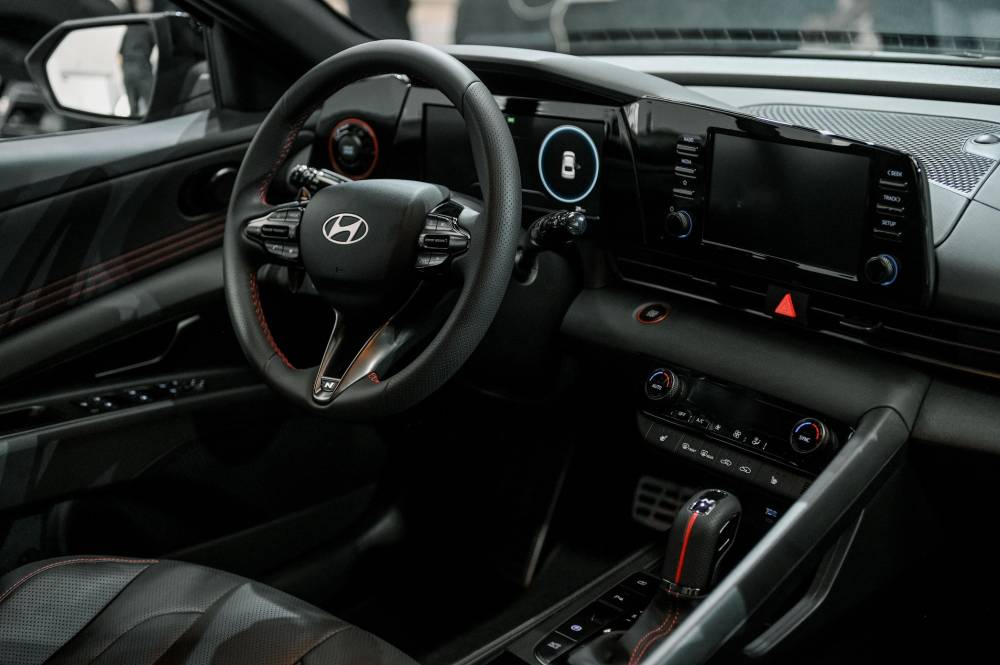
Next is the 1.6-liter inline-4 HEV powerplant that produces a combined 139 horsepower and 264 Newton-meters of torque. Paired with a 6-speed dual-clutch transmission (DCT), the HEV GLS and HEV Premium models compete directly with the Toyota Corolla Altis Hybrid.
And scions of richer clans can opt for the N Line, which is powered by a turbocharged 1.6-liter inline-4 with 201 horsepower and 265 Newton-meters of torque that are coursed through a 7-speed DCT. This takes on the likes of the Honda Civic RS Turbo (plus you get Elantra N looks without the Elantra N running costs).
For college rides doing double-duty as family haulers, the HEV Premium and N Line come standard with front, side and curtain airbags, along with the Hyundai Smartsense active-safety suite that includes Smart Cruise Control with Stop & Go, Forward Collision Avoidance Assist, Lane Following Assist, Lane Keeping Assist and Forward + Reverse Parking Distance Warning.
Punching below its weight
Perhaps the most notable aspect of the 2025 Hyundai Elantra is that there’s one for every budget, allowing it cross over into multiple vehicle segments.
The range starts with the non-turbo gasoline models at P1,065,000 for the GL STD and P1,140,000 for the GL. Next up are the HEV GLS at P1,480,000 and the HEV Premium at P1,680,000, while the Elantra N Line comes in at P1,795,000.
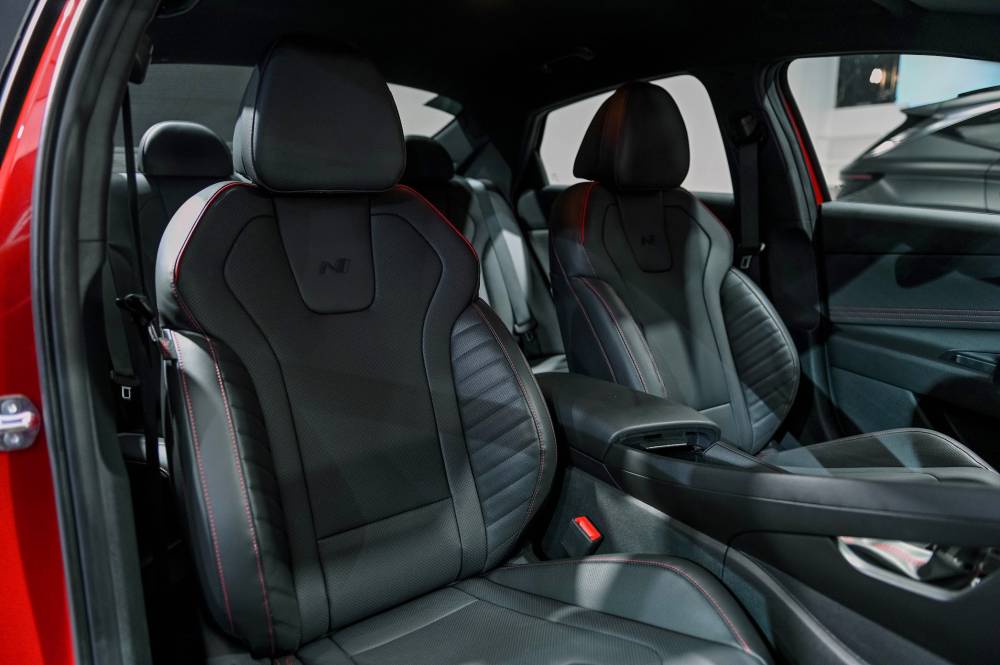
Exterior colors include Atlas White, Cyber Grey and Abyss Black Pearl, with the HEV variants also available in the exclusive Meta Blue Pearl. Meanwhile, the Elantra N Line is the only one that can be purchased in Ultimate Red Metallic.
All Elantras get a 5-year/200,000-kilometer (whichever comes first) general warranty, with the HEV models also getting an 8-year/160,000-kilometer (whichever comes first) warranty for the high-voltage battery pack.
Given that many of the Elantra’s Japanese rivals are getting long in the tooth, this upstart four-door may soon be the darling of more well-off campuses all over the country.





















